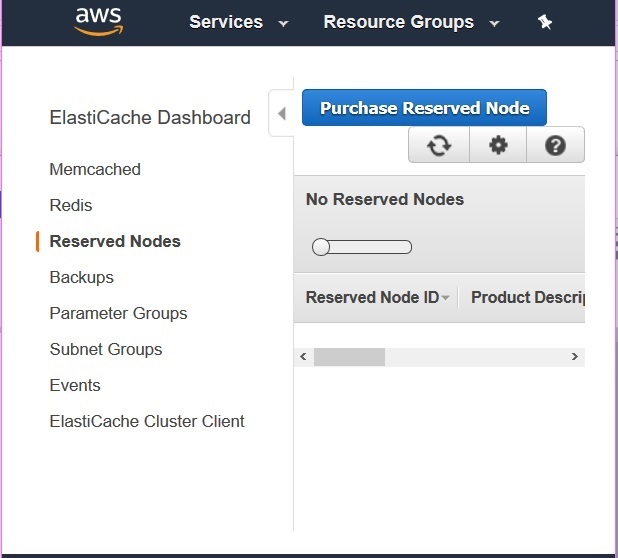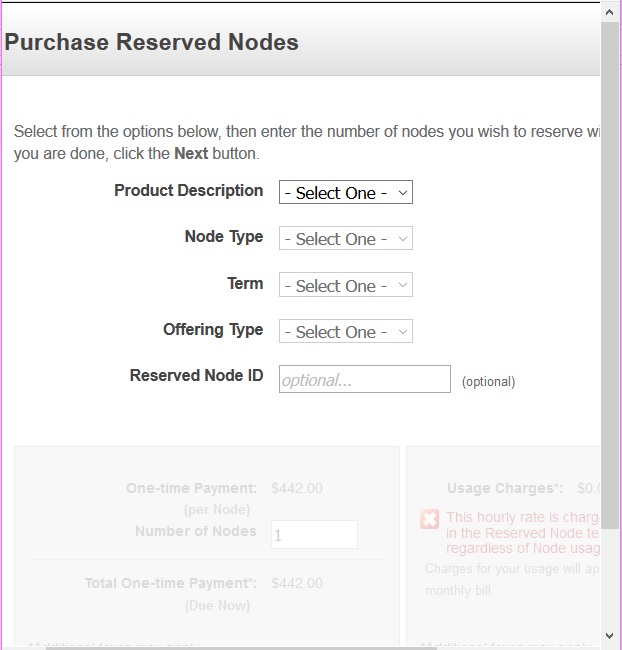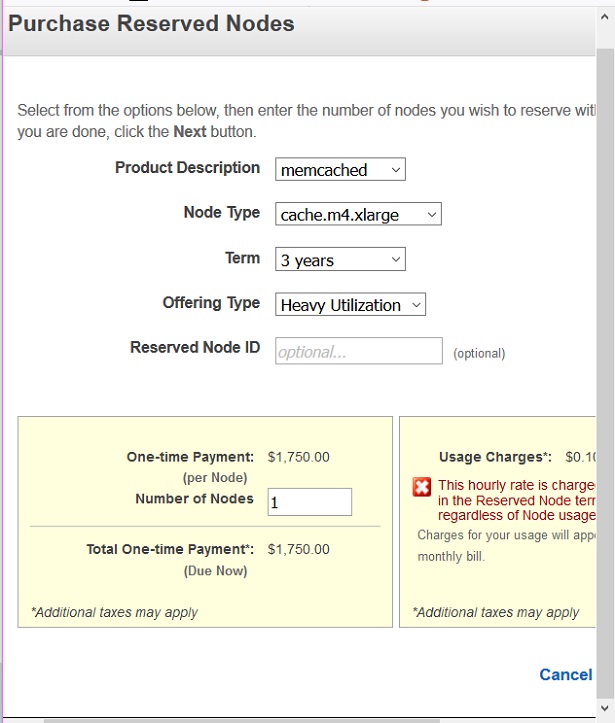
- Home
- Overview
- Environment
- Interfaces
- Launching Cluster
- Viewing Cluster Details
- Cluster Endpoints
- Accessing Cluster
- Modifying Cluster
- Rebooting Cluster
- Adding Nodes
- Removing Nodes
- Scaling the Clusters
- Delete Cluster
- Redis Shards
- Parameter Group
- Listing Parameters
- Deleting Parameters
- Engine Parameters
- Backup and Restore
- Monitoring Node - Metrics
- Memcached & Redis
- Accessing Memcached Cluster
- Lazy Loading
- Write Through
- Add TTL
- Memcached VPC
- Creating Memcached Cluster
- Connecting to Cluster in VPC
- Delete Memcached Cluster
- IAM policies
- SNS Notifications
- Events
- Managing Tags
- Managing Costs
- AWS ElastiCache - Resources
- Quick Guide
- Useful Resources
- Discussion
AWS ElastiCache - Managing Costs
The cost is managed for AWS ElastiCache in two ways. One is using the tags and the other way is by using the pricing for the reserved nodes. The two key factors for cost management are monitoring the utilization of resources and making the prediction of usage as accurate as possible. By studying utilization, we can make adjustments to the configuration so as to reduce the unutilized parts. And by making accurate forecast we can provision only the required resources for a longer time frame and leverage heavily discounted prices.
Using Reserved Nodes
Reserved nodes are charged an upfront fee that depends upon the node type and the length of reservation which is 1 or 3 years. In addition to the upfront charge there is an hourly usage charge which is significantly less than the hourly usage charge you incur with On-Demand nodes. To determine whether reserved nodes would be a cost savings for your use cases, determine the node size and number of nodes you need, estimate the usage of the node, then compare the total cost using On-Demand nodes versus reserved nodes.
To use the reserved nodes for ElastiCache, we take the following steps.
Step-1
First, we navigate to the ElastiCache dashboard. Form the left tab we choose Reserved Nodes option. This will show a button to purchase the reserved nodes. It will also list the reserve nodes you already have.

Step-2
Next, we click on the Purchase Reserved Nodes button. This screen helps us choose the configuration we need for our cluster. It helps us choose the engine type, CPU speed and memory as well as the tenure for which we want to block the reserved nodes.

Step-3
In the next screen we can see the various values in the dropdown. Choosing a specific value in each dropdown we see the cost in the bottom. The current example shows USD 1750 for a heavy utilization offering of type m4 large for 3 years. This is extremely cheap as compared to the on-demand pricing which is billed per hour.

Using Cost Allocation Tags
We can use cost allocation tags to organize the AWS bill to reflect the cost structure by region, department or type of cache engine etc. To see the cost of combined resources, we organize the billing information according to resources with the same tag key values. For example, we can tag several resources with a specific application name, and then organize your billing information to see the total cost of that application across several services.
To track the service costs by region we can use the tag keys Service and Region. On one resource we might have the values ElastiCache and Asia Pacific (Mumbai), and on another resource the values ElastiCache and EU (Frankfurt). Now we can then see your total ElastiCache costs broken out by region.